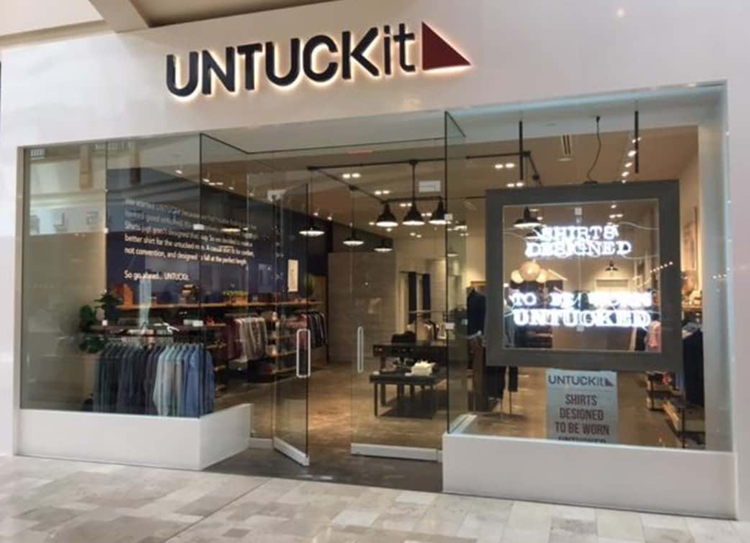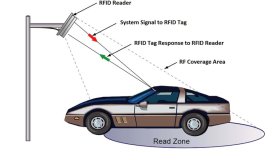Casual men's apparel brand UNTUCKit is piloting an RFID-based solution at its store on New York City's Fifth Avenue that tracks when sample shirts are tried on. The system also monitors when the sizing fits and how that compares against purchase information.
The system, known as the VISION retail platform, consists of RFID tags, readers and software provided by SATO Global Solutions, a subsidiary of SATO Holdings, as well as overhead traffic counters from RetailNext, paired with UNTUCKit's point-of-sale (POS) software. The pilot, which launched this week, may lead to a full deployment of RFID technology across all of the company's 25 stores and the additional 20 locations slated for 2018 in the United States, as well as in Toronto and London.

UNTUCKit launched in 2011 as a solution for fashion-conscious men who enjoy the comfort of keeping their shirts untucked. Although men have been moving away from tucking in their button-down shirts, the company explains, the shirts they had to work with were not made for that style trend. Aaron Sanandres, UNTUCKit's CEO, and Chris Riccobono, the company's co-founder and executive chairman, opened a business offering 15 styles of tailored shirts to be sold online. Each is designed with a contoured hemline and a tailored fit so it can be worn untucked, with a polished look.
The company served as a rallying cry, Sanandres says, for men who struggled with finding a clean, polished-looking, untucked shirt. By 2015, the business had grown enough that the founders began looking into launching brick-and-mortar stores. The firm also expanded to providing other products, such as polos and T-shirts, and by last year it was offering shirts for women as well.
The physical stores offer several benefits, Sanandres says. For one thing, many first-time buyers wanted to see and feel the fabric and try on the shirts before making a purchase. What's more, there was an added level of trust for online shoppers if they knew there were physical stores where they could view, try on or return products. But the company wanted to leverage technology to ensure that the physical stores could provide the same kind of analytics regarding shopper behavior—including products that were of interest, compared against those purchased—that online shopping could.
The Fifth Avenue location, UNTUCKit's fourth New York City-based store, will serve as its flagship site. With that in mind, Sanandres says, the company wanted to trial RFID and sensor technologies that would offer analytics data and, ultimately, a better shopping experience.

The store comes with four fitting rooms, each equipped with a UHF RFID reader from SATO, explains Brent Paulsen, UNTUCKit's managing director and head of retail. At the store's entrance, a RetailNext camera-based traffic counter is mounted on the ceiling. Approximately 50 "try-on" shirts are on display, he says, each representing a unique size and category. A UHF RFID tag is built into each shirt's label, encoded with a serialized global trade item number (SGTIN), a GS1-standard ID number linked to that shirt's stock-keeping unit (SKU) information. The SGTIN consists of a global trade item number, along with a unique product or serial number.
When a shopper enters a store, the traffic counter identifies that action, which is stored in the RetailNext software. A sales associate can then greet the customer and provide the necessary help in finding a garment to try on. The employee may ask the shopper what size he or she typically wears, or approximate the correct size, and the customer can then bring that garment into the fitting room. If the shirt doesn't fit, the shopper could request a different size from the sales associate. The reader, as a component of the VISION platform, detects each item that is brought into the fitting room, based on the RFID tag in the shirt label. SATO's software captures and manages that data on UNTUCKit's local server.
If the shopper purchases the shirt, the POS data is correlated with information captured by SATO's RFID software, thereby providing analytics regarding which shirts were tried on and then purchased. "This gives us a percentage breakdown of tried-on [shirts] versus actual sales," Sanandres states. The software also enables the company to view how often shirt sizes need to be swapped during the fitting-room phase, thus helping the company to better understand how well particular shirt sizes match the expectations of customers and sales associates.



